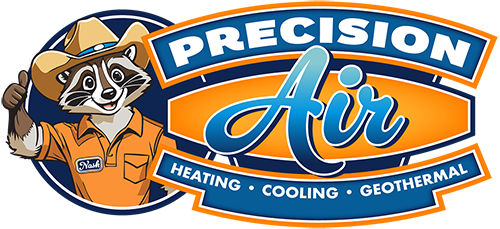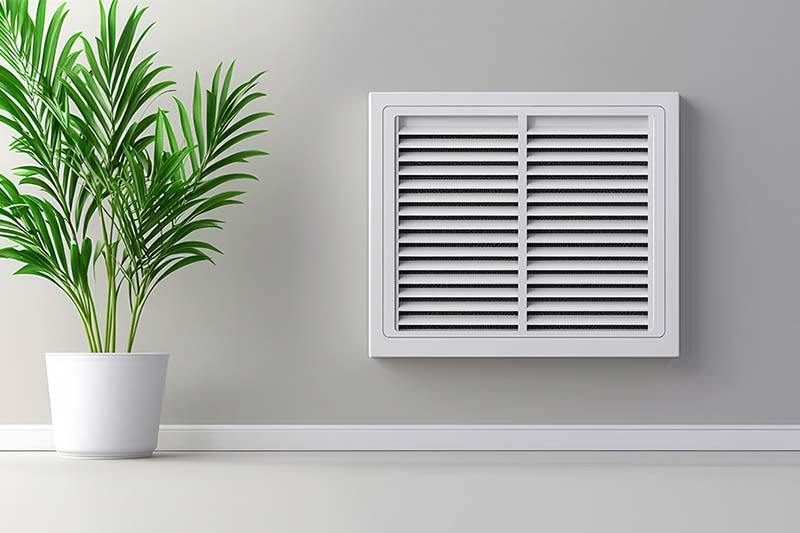When it comes to keeping your home comfortable and energy-efficient, your HVAC system does a lot of heavy lifting. But did you know that something as simple as a blocked or closed vent can undo much of that hard work? Whether you’re trying to lower your energy bills or just want a consistent temperature throughout your home, keeping your vents open and unobstructed is key.
Let’s break down why vent management matters and how a few small adjustments can make a big difference in your comfort and costs.
Blocked Airflow = Wasted Energy and Uneven Comfort
Your HVAC system is designed to circulate air evenly throughout your home, delivering warm or cool air as needed through a network of ducts and vents. When furniture, rugs, or curtains block a vent—or worse, when a vent is closed off—this balanced airflow is disrupted. That disruption leads to a cascade of problems:- Increased Energy Usage: Your HVAC system has to work harder to maintain the set temperature. This increases the strain on your system, making it less efficient and using more energy.
- Higher Utility Bills: More energy use means higher costs. Blocked vents can quietly drive up your monthly bill without you realizing the source.
- Hot and Cold Spots: Closed or blocked vents prevent air from reaching certain rooms. This results in uneven temperatures throughout your home, with some rooms feeling too hot and others too cold.
- System Wear and Tear: An overworked HVAC system wears out faster. Restricted airflow can cause overheating, frozen coils, or premature compressor failure.
- Decreased Indoor Air Quality: Poor air circulation can lead to a buildup of dust, allergens, and humidity, especially in rooms with blocked or closed vents.
Why People Close Vents—and Why It Backfires
Many homeowners think they’re saving energy by closing vents in unused rooms. It sounds logical: no one is using the room, so why cool or heat it? The truth is, HVAC systems are sized and balanced to serve the entire home. Closing off vents changes the pressure balance inside your ducts. That increased pressure can lead to air leaks, reduce overall system efficiency, and damage components over time. Plus, without proper airflow, you might notice musty smells or even mold and mildew growth in rooms where air isn’t circulating. Closed vents can also cause the blower motor to work harder than it should. This puts extra wear on your system and can even lead to breakdowns over time. Instead of saving money, you could end up with expensive repair bills.The Right Way to Improve Comfort and Efficiency
If you’re trying to save energy or fix temperature imbalances, here are some smarter ways to do it—without closing vents:- Keep All Vents Open: Allow conditioned air to circulate freely by keeping all vents and registers open.
- Maintain a Clear Space Around Vents: Keep at least 6 to 12 inches of space around vents free of furniture, curtains, and rugs.
- Regular Filter Changes: Clogged filters restrict airflow too. Make sure you’re changing filters every 1 to 3 months.
- Schedule Seasonal Maintenance: A well-maintained HVAC system runs more efficiently. Get a tune-up in the spring and fall.
- Use Zoned Systems or Smart Thermostats: If you’re looking for more control, a zoning system or programmable thermostat can help you customize temperatures by area—without closing vents.
- Upgrade Insulation: Poor insulation can lead to uneven temperatures in certain rooms. Improving insulation in attics, basements, or crawl spaces can help reduce temperature swings and ease the burden on your HVAC system.
How to Spot a Blocked or Struggling Vent
Not sure if your vents are causing problems? Here are a few signs to look for:- Some rooms are significantly warmer or cooler than others
- Weak airflow coming from certain vents
- Your HVAC system runs longer than usual or cycles on and off frequently
- Strange noises, like whistling or banging from the ductwork
- Higher-than-normal energy bills
- Visible dust buildup around vent covers
Simple Steps for Big Results
Keeping your vents open and clear might seem like a small detail—but it plays a big role in how well your HVAC system works. These small changes add up to:- Better temperature consistency
- Lower energy bills
- A longer lifespan for your HVAC system
- Improved indoor air quality
- Reduced wear on HVAC components


